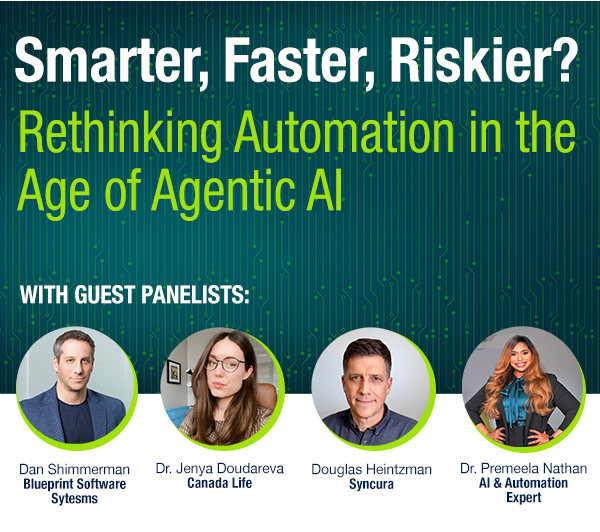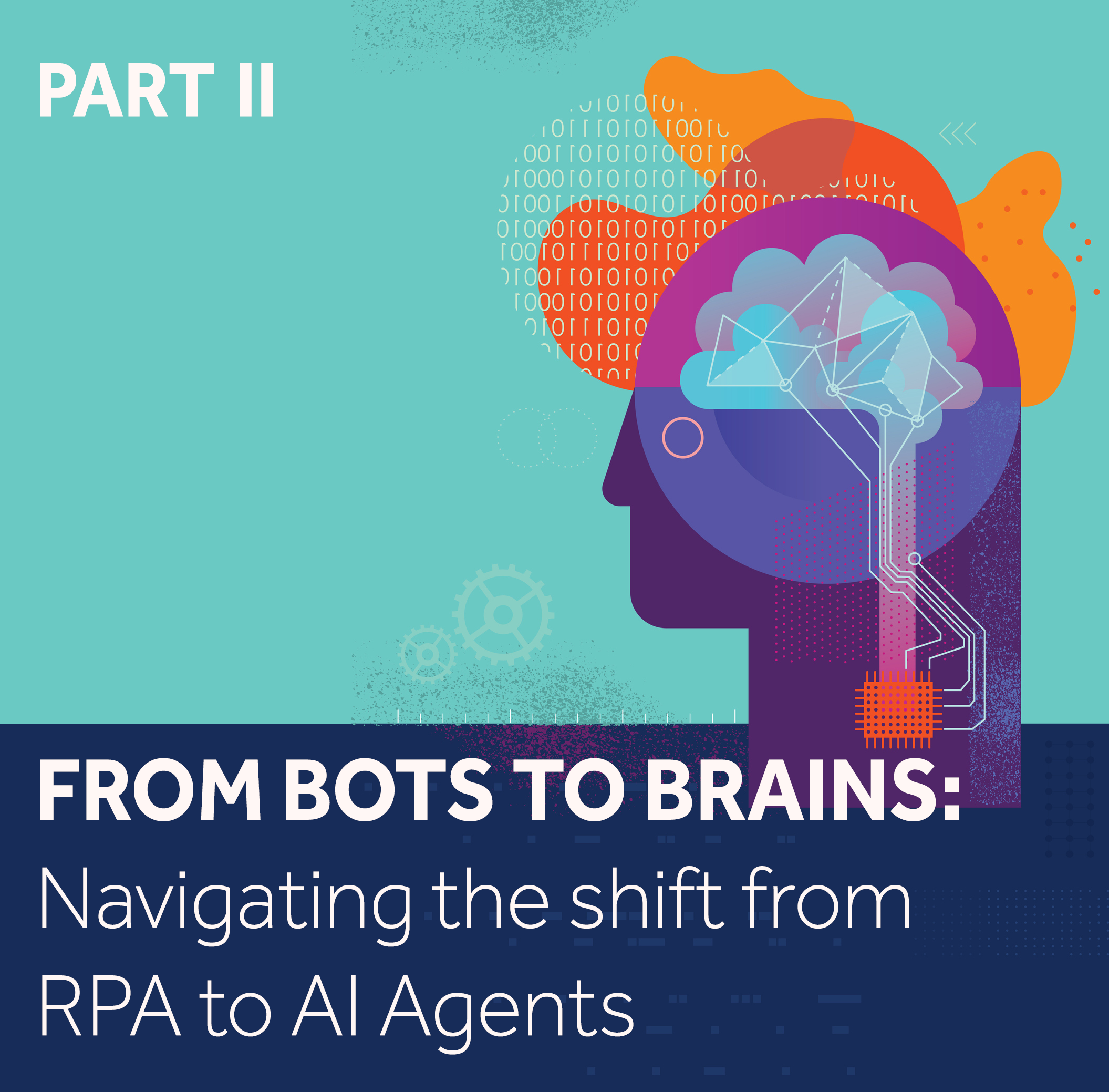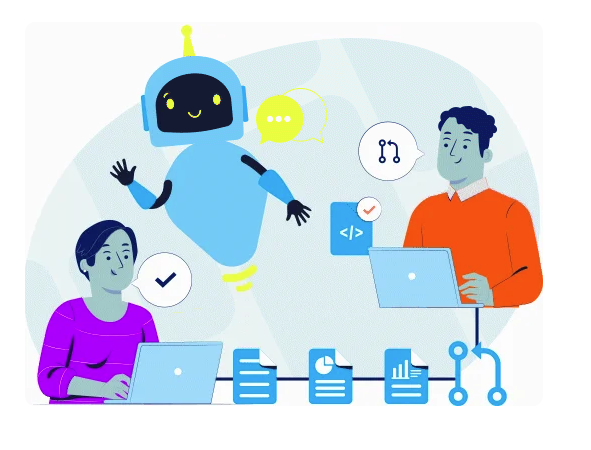7 Reasons Why the Idea of the Citizen Developer Never Materialized
The concept of the citizen developer – a business user that could develop software and automations with low-code/no-code platforms – was touted for a long time. Industry leaders argued that it would democratize software development and accelerate digital transformation.
From an automation perspective, many believed it would contribute to RPA delivery at scale and lessen automation’s dependence on IT. However, as we move closer to the mid-point of the 2020s, it’s become increasingly apparent that the citizen developer is not as effective as initially imagined.
This article presents seven challenges the citizen developer faced and why its popularity is declining as organizations distance themselves from this approach and look to other avenues to achieve digital transformation and automation at scale.
The 7 Challenges that Inhibited the Rise of the Citizen Developer
Regardless of the promise the idea of the citizen developer initially created, significant challenges prevented the initial returns thought leaders projected. Those challenges include:
#1 – The Complexity of Real-World Business Problems
One of the primary reasons a citizen developer approach is on the decline is due to the complexity of real-world business problems.
Low-code/no-code platforms are excellent tools for non-technical employees to develop simple applications. Unfortunately, they’re not the best when handling complex scenarios requiring deep technical expertise.
Real-world business processes and tasks often involve intricate logic with some decision-making at crucial junctures, integration with multiple systems, and strict regulatory requirements (especially for organizations functioning in heavily regulated industries).
Those requirements are generally beyond what most citizen developers can handle, leaving them incapable of delivering high-quality digital solutions to complex business problems.
#2 – Quality and Scalability Concerns
Quality and scalability were another area that served as a barrier to the successful rise of the citizen developer.
Business applications developed by citizen developers in low-code/no-code software development platforms can be effective on a small scale. When those same applications attempt to scale up with more users and operations, they can encounter significant performance issues.
As the application and popularity of AI-assisted low-code/no-code platforms continue to grow, there's also the concern of maintaining code quality and consistency. Professional developers follow best practices and coding standards that ensure software quality, resilience, and scalability. This is an element of software development that citizen developers are unfamiliar with and can create significant pain points in the form of maintenance and support issues.
#3 – Security Risks
Whether your organization operates in a highly regulated industry or not, security is a primary concern in software development.
Any business application developed by someone without a deep understanding of security practices is at a high risk of containing vulnerabilities. When applications that might handle sensitive data or involve critical business operations are developed, the risk is even higher—and so are the consequences.
Without the proper knowledge of security best practices in software development, citizen developers building digital solutions can be a significant liability, introducing a heavy deterrent to this approach.
#4 – Integration Challenges
Whether your organization is an enterprise or not, all business applications must integrate with your existing systems and technical architecture regardless of business size.
In this regard, citizen developers pose a significant limitation. They might find it challenging to navigate complex enterprise architectures and ensure their applications work well with all legacy systems. The result can be siloed, disparate solutions that add more complexity rather than simplifying business processes or solving a business problem.
#5 – Overreliance on Vendor-Specific Solutions
The majority of low-code/no-code software development platforms are vendor-specific. This can create a dependency on a particular vendor's ecosystem. In the case of an incredibly robust platform like Microsoft’s Power Platform, there is no reason for concern. However, with other providers, this dependency can lead to a lack of flexibility and potential issues with vendor lock-in—as was the case with RPA platforms before automated RPA migration solutions emerged.
Organizations might find themselves constrained by the capabilities and licensing models of the platforms, limiting their ability to innovate and adapt.
#6 – Insufficient Support and Training
Even though the citizen developer model was intended to relieve IT of over-reliance, this approach still requires ample support, training, and oversight.
Organizations might have initially underestimated the time and resources required to enable all stakeholders with the necessary skills and knowledge needed for software development. Without proper training, citizen developers can create inefficient, low-quality, and vulnerable digital solutions, completely nullifying the advantages of accelerated and democratized software development.
#7 – Underestimating the Need for Highly Skilled IT Employees
The value of professional software developers and IT personnel cannot be understated.
While empowering the average business user to build digital solutions in low-code/no-code platforms has many benefits in theory, it overlooks the necessary expertise that professional developers bring to the table, especially for solving business problems with applications. A professional developer’s skillset, knowledge of best practices for integration, security, and longevity cannot be overlooked.
Conclusion
In theory, the idea of the citizen developer to accelerate digital transformation was incredibly promising. Democratizing software and RPA development with low-code/no-code platforms seemed an excellent vehicle for achieving scale. In practice however, the challenges and risks that citizen development introduced led to the strategy being slowly abandoned.
The complexity of real-world business problems, concerns about quality, scalability, security, integration, vendor dependency, insufficient support, and the undervaluing of skilled IT professionals proved too challenging to overcome.
Organizations now need to rethink their approach. One method currently gaining support is a hybrid model that blends the strengths of professional developers with the agility and user-centric focus of the citizen developer model. This strategy mitigates the vulnerabilities that citizen development introduces while respecting the strengths of technically skilled employees. A hybrid approach could certainly lead to more sustainable software development practices in the future that serve to accelerate and democratize delivery more effectively.
Share this
Recent Stories

Smarter, Faster, Riskier? Rethinking Automation in the Age of Agentic AI

The Hidden Costs of RPA Maintenance and How to Cut Them by 65%




